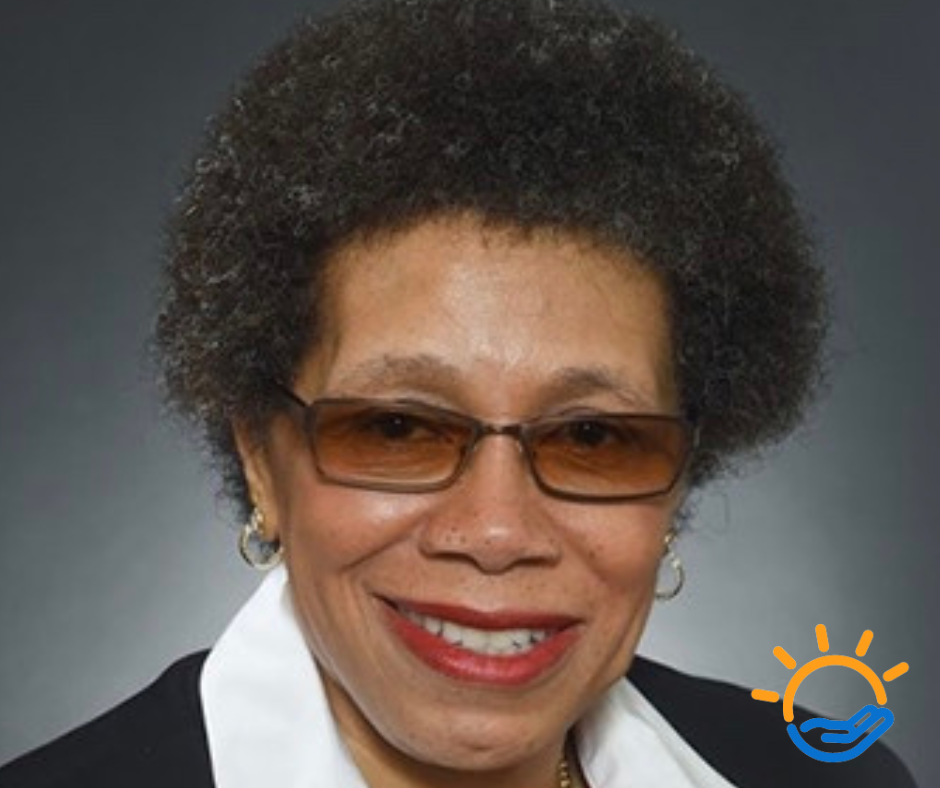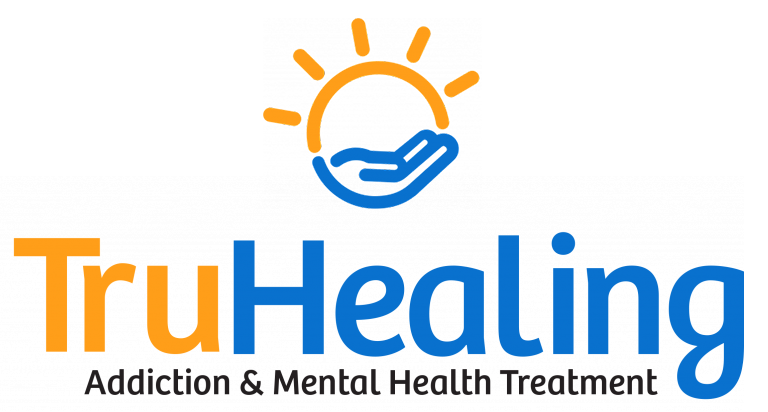I spoke with Dr. Beverly Greene about how marginalization impacts mental health, why it’s important for therapists to understand this, and how clients can identify what they believe about themselves and why.
Dr. Greene, PhD, ABPP, is a Professor of Psychology at St. John’s University and a practicing clinical psychologist in New York City. She is the author of over 100 scholarly publications, twelve of which have received national awards for making significant contributions to psychological literature. Dr. Greene’s work advocates for a greater understanding of the intersections of race, gender, sexual orientation, and social marginalization in psychotherapy.
You advocate for—and practice—a political and social consciousness in therapy. What is lost when a therapist doesn’t consider the impacts of marginalization on a person, or how someone’s cultural framework affects their worldview?
I don’t think you can have a full understanding of who your patient is if you’re looking at them in a decontextualized fashion. People are products of an interaction between themselves and their environment. Just as they have an impact on their environment, the environment has an impact on them. It shapes their behavior, informs what they think and how they see the world.
Social marginalization requires psychological energy. I try to think: “What does this person have to do every day to be sane in the world?” If you think in terms of LGBTQ people having to be secretive about their sexual orientation—what does that do to a person? How can they live if they have to keep a large part of their lives secret, and if they’re taught to regard it as something wrong about them?
When you make an assessment about what people do—or how they make choices about what they do—first you have to ask yourself, “What choices do they have?” They can’t act on choices they don’t have.
When working with anybody, but especially marginalized people, it’s important to figure out: how do they deal with the hand they are dealt and what did that hand look like? How were they dealt that hand?
Yeah, this makes me think of another question I had about how people are often pathologized for their reactions to marginalization. For someone who might not understand how this can show up in therapy, can you explain?
Sure—you can see someone as appropriately hypervigilant or paranoid. For some people, what has traditionally looked like paranoia in racially marginalized group members is an appropriate level of hypervigilance. If you look at ethnoracial minorities, their physical embodiment is apt to elicit a range of reactions from people that they have to be prepared to manage.
You have to be aware of it, so that you know enough to stay away from situations where you may get hurt or face hyper surveillance. If you go into a store and you’re hyper surveilled, it helps to know that that’s going on.
Yeah, it’s self-protection.
Exactly, it’s about being appropriately aware of your environment. If you don’t know anything about what the person’s environment is like, it’s premature to make assumptions about what that means.
I read that you support people—especially people with multiple marginalized identities—in recognizing what they’ve been told about themselves and what they really believe. Could you explain that process? How do you help people parse out deeply ingrained beliefs that don’t really align with themselves?
I think in part, good therapy does that with anybody. We’re not born knowing who we are; we learn those things. It’s important to help people get a sense of: ‘How did you come to believe what you believe? Where did you learn that? What makes it ring true or not? Are the places you learned that reliable? Who are you outside of how somebody else sees you?’
That’s part of therapy, because everybody has internalized something that is based on someone else’s need to see them a certain way. With marginalized groups, you’re talking about social structures that have presented people with denigrating, distorted images of themselves. You have to be judicious about what you believe and where that’s coming from.
Black families have needed to give their children more realistic pictures of who they are; part of their having to manage racism is managing other people’s distortions of them, but they have to learn that those distortions are not who they are.
And in the therapy room, does that look like kind of slowing down and questioning where a belief might come from?
When you discuss with patients how they view themselves and others, you want to ask, ‘Well, where did you learn that? When was the first time you heard that about yourself? Who said that? Did they say it, or was it communicated in some other way? Does that source have an investment in viewing you in a certain way that is connected to how they see themselves? Are they operating out of a negative personal bias?’
When it comes to marginalization, you do a history of that person’s marginalized identity. For instance, what was the earliest memory they have of their racial identification? What was the nature of that situation? Was it something somebody told them or was it embedded in some incident?
Next, it’s when did they understand what that meant? Black children realize they’re Black far earlier than they necessarily understand that in a conceptualized way. That’s just what they are, that’s what the family is, but what does that mean? The meaning is very important to understand—when that occurred and how.
I ask them about their first memory of racism. Who did they talk to about it? If anybody, because that tells you whether this was something that could be talked about. When you’re taught not to talk about certain things early on, that doesn’t just go away.
The other questions I ask are: what is the worst situation they’ve encountered as a function of race, and what was the most recent? How did they feel about it? How did they respond? How were they taught to respond? Did the people that taught them to respond do that, or did they do something different?
Often, families tell people, “Do as I say, not as I do.” Well, before kids understand what you say, they’re watching what you do.
Yeah, they’re noticing things early on.
Yeah, and they’re forming their own conclusions—based on the limitations of their cognitive and emotional development—to try to explain what they’re seeing. Especially if they’re not talking to anybody about it.
I think those are important things to do in therapy. One can apply that analogy to any racial group, as well as to sexual minority individuals. When did a person first become aware of what came to be understood as a same sex attraction? What did that mean? How did they feel about it?
It’s really important to explicitly consider the development of identities. And you may find that people don’t believe you about your experiences, so you make a point of developing networks of people who understand, who you can talk to. A therapist should be one of those people.
How (or does?) your work as a therapist inform your teaching?
It has completely informed my teaching. The first ten years of my career, I was working in inpatient child psychology at King’s County hospital, and also for a time for the Board of Ed. In community mental health as well as private practice, I came to understand that practice is like the mash unit and the university is the officer’s club.
Of course I value research—I’m a university professor—but in the therapy room you’re not responding to data points. Even when people belong to the same group, every human being is unique. How that person understands their situation, or assesses the choices they have, may be very different from a person who is a member of the same group who has similar experiences.
Yeah, I appreciated a lot just reading things you’ve said about how being part of a group impacts someone, but that it’s so individual.
Yeah, because that person has a family and a history of individual experiences that shapes their sense of whatever group they’re in. Not all families are alike. What kind of help and support children get as they’re developing and trying to navigate all this is complicated for parents as well. It’s an extra layer of things, on top of all that is involved in being a parent.
I read that you’ve written 11 books and close to 100 publications. Are there any that stick out to you that would be particularly helpful for our blog’s audience? The audience is largely people who are entering addiction or mental recovery. And there might be some people that came to treatment and want to work in the field. Are there any you would recommend?
There’s one, Psychotherapy with African American Women: Innovations in Psychodynamic Perspectives and Practice, that I edited with Leslie Jackson, who is now deceased unfortunately. But I think it may still be the only book organized around Black women who are therapists writing about psychotherapy with Black women. So, I think that is something people may find helpful.
Also, something called A Minion of Women: Family Dynamics, Jewish Identity and Psychotherapy Practice. I asked 25 women who were practicing psychotherapists—and who self-identified as Jewish women—how the dynamics in their family shaped their identity as Jewish women, and how that gets expressed in their practice of psychotherapy.
Is there anything we didn’t talk about that you want to add?
I have a couple projects underway. One is called Threading Needles in the Dark, Wearing Gloves: How Mothers of Black Children Have the Talk, Then Walk the Walk. It’s about developing a deeper understanding of what mothers of Black children carry emotionally, and how that extends well into the adulthood of their children. It’s told through the eyes of women who are raising or raised Black children and what that felt like.
I’ve had a couple groups; one of them we presented to the Ackerman Family Therapy Institute, and it is on YouTube. It’s about how having the talk isn’t a one-time thing; it really encompasses the racial socialization of Black children.
So, it’s all about having a capacity to step outside one’s reality and see that for another person, things may be very different. You might stand in the same place, but how you are treated and what you have to manage may be very different.








